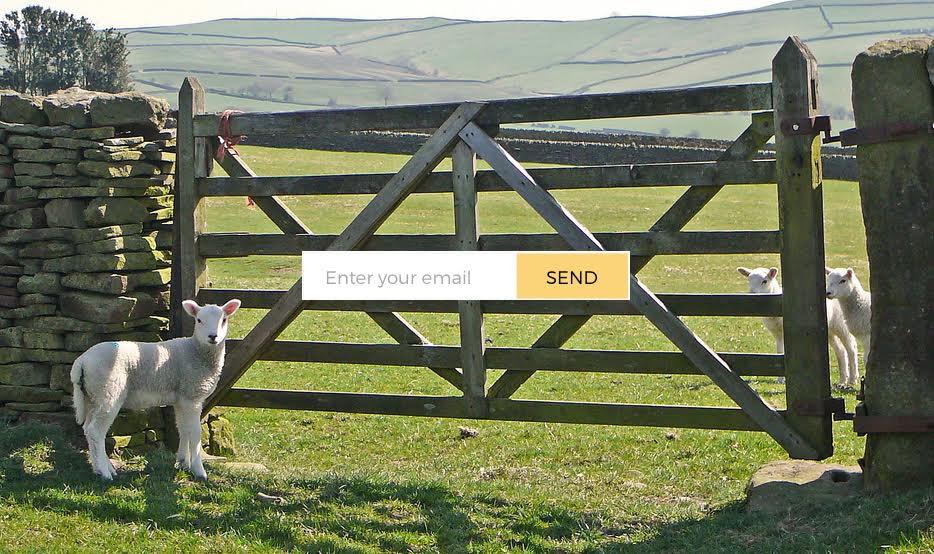Learn / Blog / Article
Coming in hot: the power of first impressions
Consumers have more than their fair share of vendors to choose from when shopping online. When attention is split between different brands and devices, ensuring your online presence stands out from the crowd hinges on first impressions.
But catering to the ever-changing habits and preferences of digital buyers is no small feat. That’s why Hotjar surveyed hundreds of US-based consumers—to reveal the insights you need to guarantee your website exceeds user expectations.
Our Coming in Hot report found that 64% of consumers typically decide whether or not a website has the information they need within a few seconds. Website 'speed dating' is becoming increasingly common, with 91% of users visiting multiple websites before making a purchase decision. Of those, 80% say they visit an average of two to four sites when evaluating different vendors.
When design doesn’t cut it
The report shed some much-needed light on the elements that contribute to poor experiences. Our panelists listed the following as their top three design pet peeves:
Overlapping elements
Auto-playing videos
Absence of expected elements
Poor website design doesn’t just lead to user frustration; it can also have serious consequences for your bottom line. Consumers cited slow loading times (93%), cluttered layouts (92%), and difficult navigation (84%) as factors that would push them to switch to a competitor’s website. And nearly three in four told us they’ll exit a page if they encounter an unnecessary popup ad.
As such, getting the little details right can provide a competitive advantage and keep users from straying. Website visitors have a low tolerance for confusion. When they can’t locate elements like a search bar, navigation menu, or contact info, they’ll leave a website altogether.
We also found that Gen Z respondents were 214% more likely than average to say they’ve left a website because they couldn't locate video content. Brands looking to appeal to younger consumers should consider embedding video elements within their sites.
The key to brand loyalty
Providing a positive experience from the moment your site loads is an absolute necessity. Users told us the first impression they get from a company’s website (71%) or social media presence (55%) directly influences their brand loyalty.
But make sure your site is consistent, no matter where users are logging in from—consumers access websites from a variety of different devices. A whopping 99% told us that ensuring a seamless experience across all platforms is imperative.
In our next post, we’ll dive into the anatomy of 'good‘ and ‘bad‘ website design based on the findings of the Coming in Hot report. Stay tuned!
Gain a deeper understanding of your customers
Hotjar tells the customer's story—so you can go beyond the data with your web analytics strategy.


Related articles
UX design and analysis
Design a homepage that delights your users in 9 easy steps (with tips and examples)
While product, UX, and marketing teams help shape a website or app’s homepage, a more powerful group holds the reins: the users. Their needs and preferences are key deciding factors in locking in an effective homepage design.
Shadz Loresco
UX design and analysis
The anatomy of a stellar website: the dos and don’ts of design
Over the past five years, buyers have largely shifted their shopping habits to be primarily online. For brands wishing to remain competitive in the digital marketplace, this means an accessible and attention-grabbing website has become more important than ever before.
Consumers agree: respondents to Hotjar’s Coming in Hot report told us that they have higher expectations for brands’ websites than they did five years ago.
Hotjar team
UX design and analysis
How we use Hotjar for interaction design: 4 practical use cases
We don’t just design and build Hotjar—we’re users, too. Insights from Hotjar regularly drive our decisions, keeping customer-centricity top of mind.
This article unpacks how our product design team uses Hotjar for interaction design, a sub-discipline of user experience (UX) design.
Jon Evans
